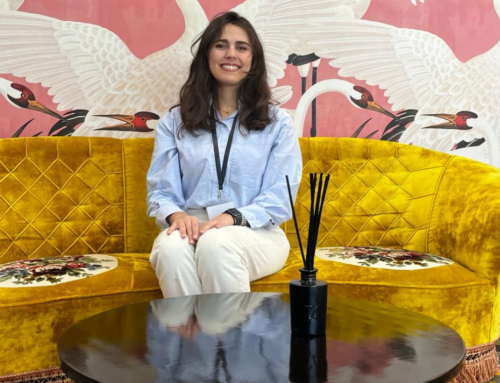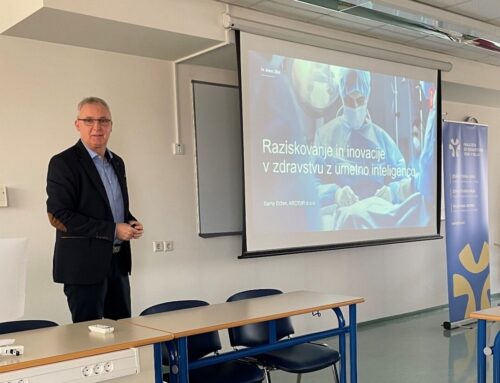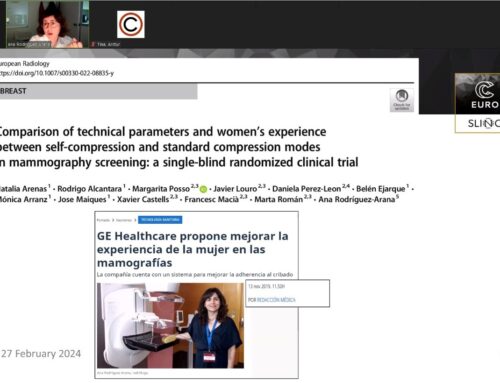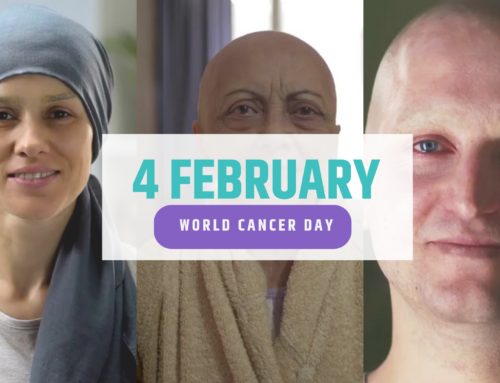What is your profession and how long have you been in the research world?
I studied Medical Informatics at the University of Heidelberg, received my PhD in Informatics at the University of Mannheim, and habilitated at the Faculty of Electrical Engineering and Information Technology at the Karlsruhe Institute of Technology. I have been active in research since 2000.
Why did you choose this profession and what motivated you to do it?
Scientific work, teaching and training of the next generation are a lot of fun for me and important for society and the future.
Have you encountered any challenges as a woman in pursuing your research career?
Tough question. I’ve had some advantages because I’m a woman in a mainly male environment, especially early in my career, but the typical obstacles seem to increase as I try to move forward.
Do you think it is important to make girls and women in the field of science more visible?
Give preference to the scientist if she is available for assignments, promotions, teaching, and public presentations.
What is KIT’s contribution to the QUSTom project?
Basically, KIT provides the device. We have built up a complete 3D ultrasound computed tomography prototype. This prototype will be used in the feasibility study to collect the data, that will allow us to make these hopefully great reconstructions with beautiful algorithms.
Do you think that QUSTom and the solution it proposes can contribute to areas that go beyond cancer? In this sense, what do you hope QUSTom can achieve beyond the life of the project?
Of course, this breast cancer project is closest to my heart, but there are definitely other medical applications for such devices. For example, other groups have already achieved good results in imaging joints such as knees and elbows. It could also be used to measure bone density for osteoporosis diagnosis using ultrasound.
Non-medical applications are also feasible, such as non-destructive testing, materials science, and even ultrasound-based systems for examining the surfaces of large structures.
Beyond the QUSTom project, I would like to continue in this area of breast cancer research, going deeper, collecting more data, learning more, and perhaps developing more optimized devices to better help patients.
Do you consider that the technology proposed by QUSTOm is disruptive?
I think it’s very disruptive because this combination of ultrasound, which is very safe for the patient, can also be used for young women, pregnant women, etc., in conjunction with algorithms that make the images so good that they can compete with MRI images of tissue. In my opinion, this is a breakthrough innovation because it is a relatively inexpensive device that can be used in a large patient population that is also very convenient to diagnose and provides the best image quality. This should be a very disruptive technology.
How do you like it so far?
It is an enjoyable project with a very diverse and interesting group. I am especially looking forward to the clinical pilot study, where we can test the theory in practice.
Do you have any advice for young researchers who would like to follow in your footsteps?
Make sure you have a healthy work-life balance.






